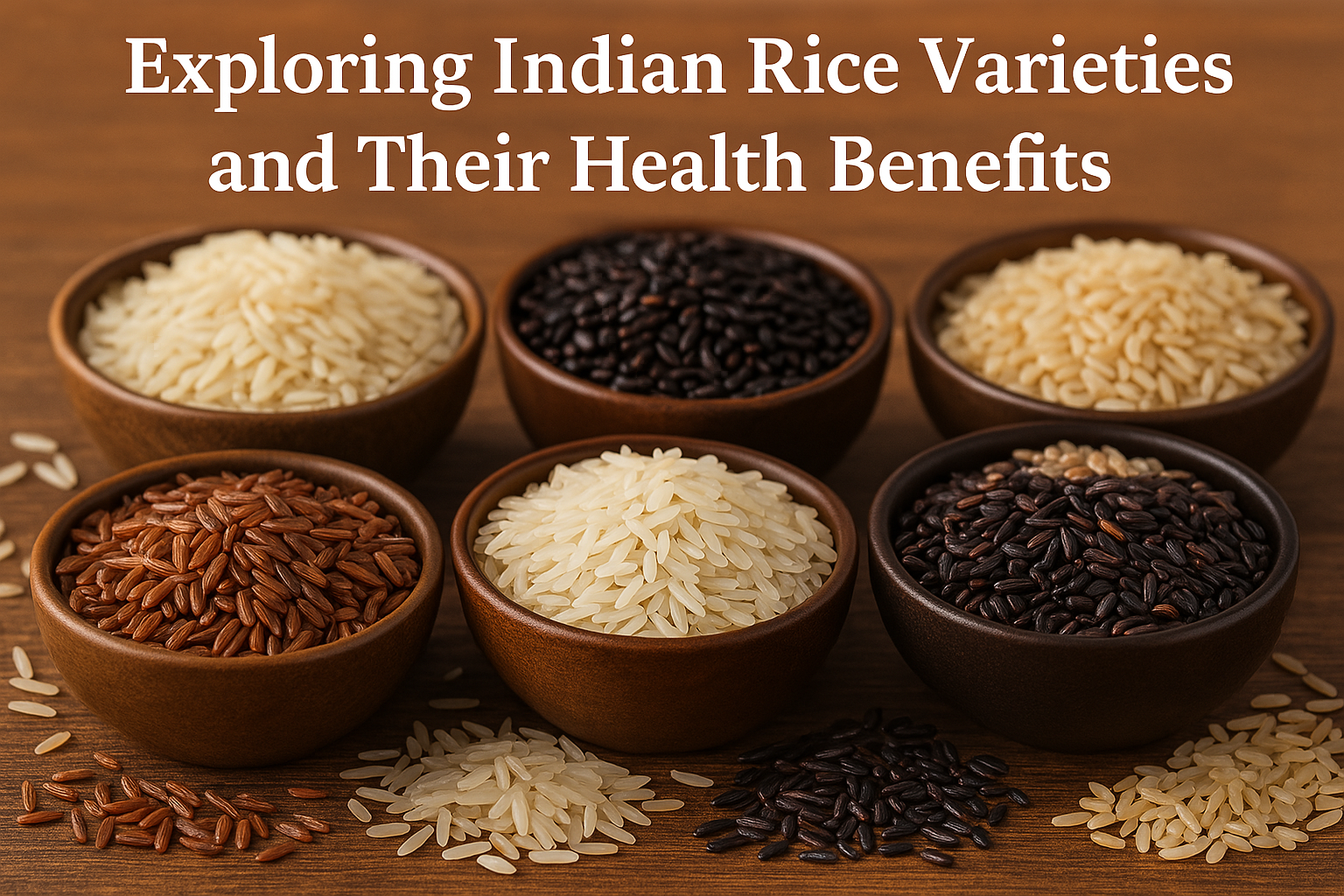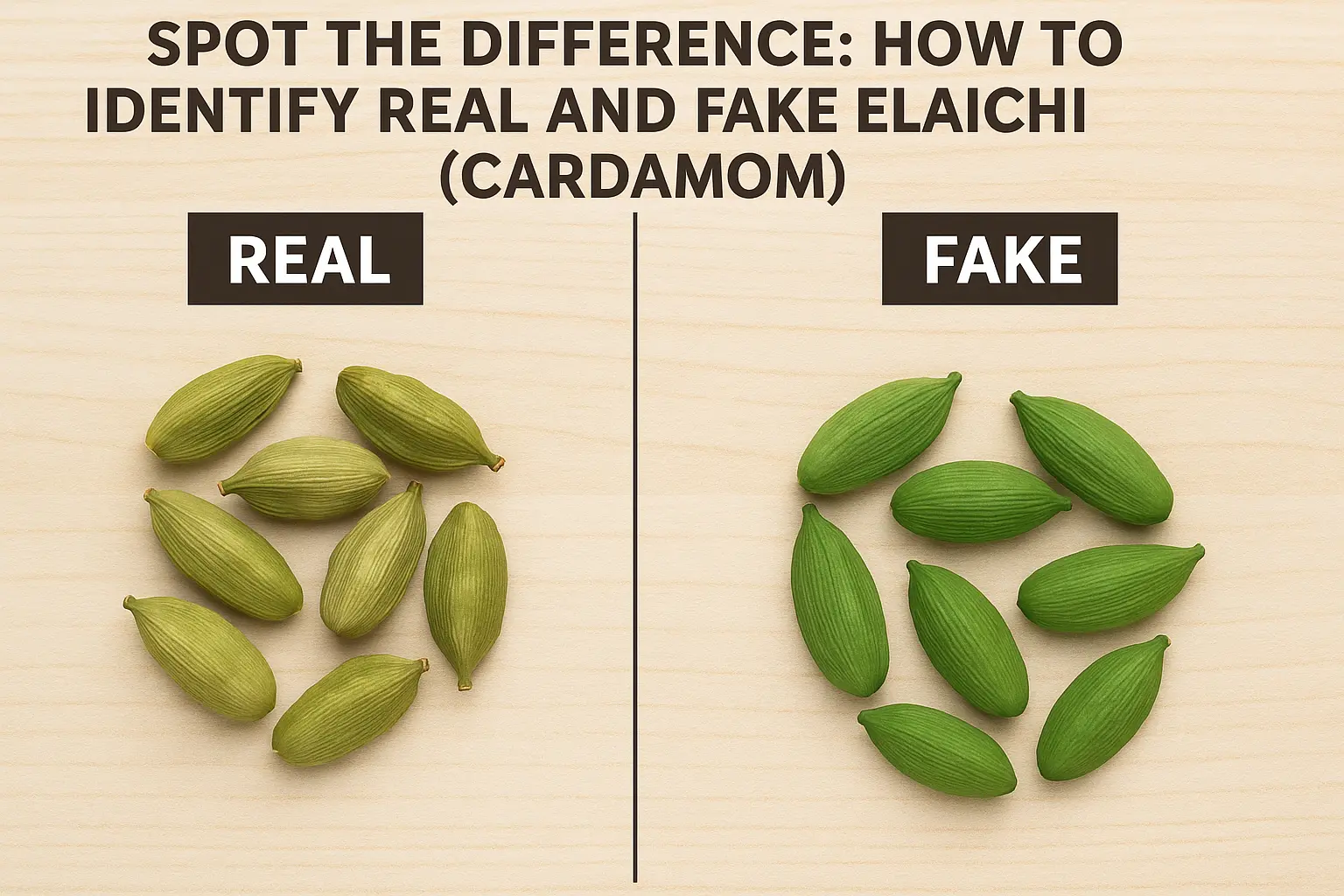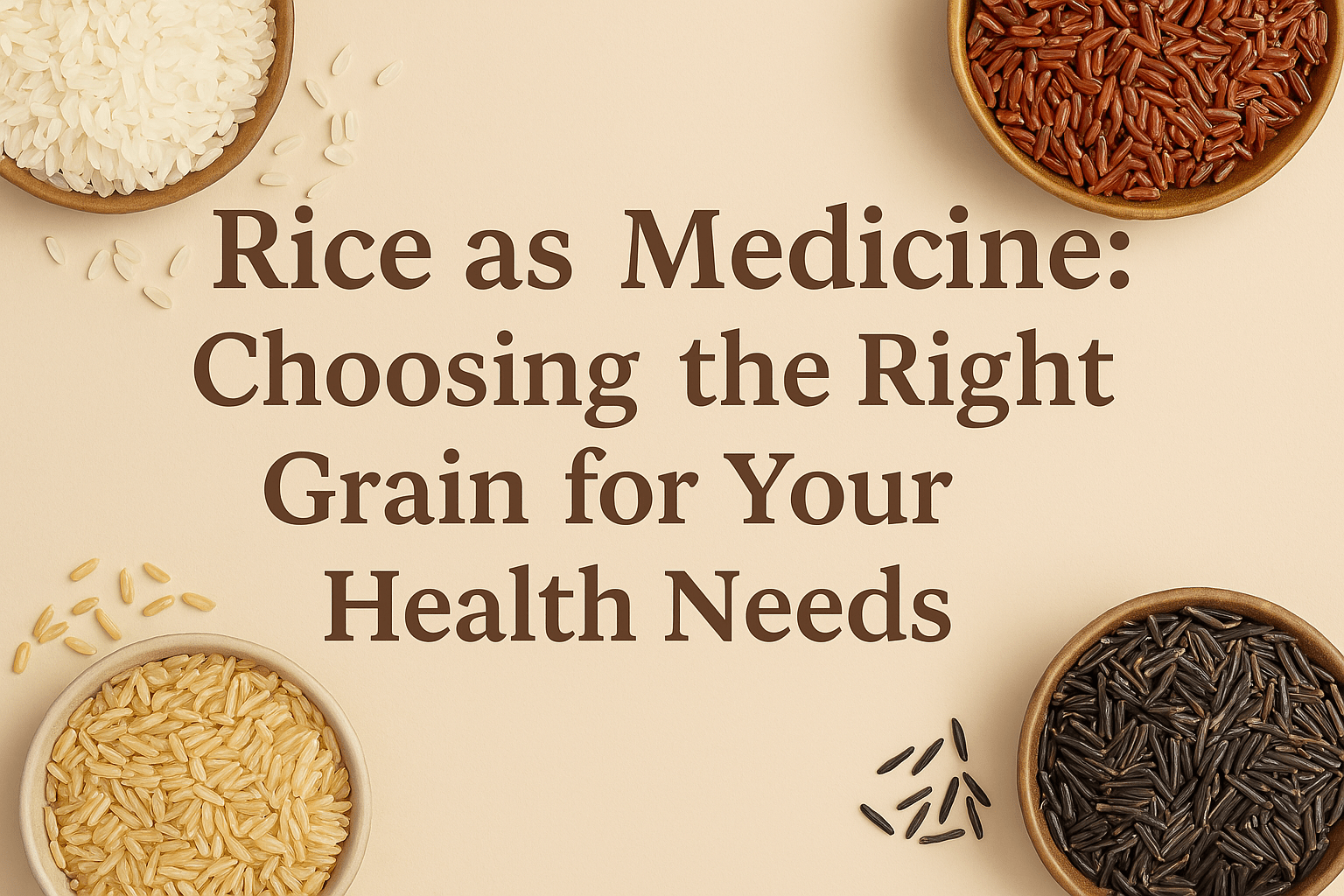Are you looking for a nutritious, protein-packed, and gluten-free option to add to your diet? Look no further than Amaranth! This ancient grain is rich with benefits and has been around for centuries. However, it has only recently gained popularity as a superfood for all the right reasons.

Whether you want to reduce inflammation, improve your digestion, lower your cholesterol levels, or lose weight, Amaranth could be the perfect addition to your diet. Kunal Tambe takes a closer look at the excellent health benefits of amaranth, its nutritional content, and how to incorporate it into your daily diet.
Nutrition Value of Amaranth
Amaranth is rich in various micronutrients, including protein and fibre. Every 100g of amaranth contains:-
- Calories: 178 kcal
- Protein: 8g
- Carbs: 30g
- Dietary Fibre: 5.6g
- Fat: 1g
- Saturated Fat: 1g
- Iron: 4mg
- Calcium: 95mg
9 Incredible Health Benefits of Amaranth
Here are the nine reasons amaranth is an excellent addition to any meal or snack.
- Naturally Gluten-Free
It is naturally gluten-free and suits those with celiac disease or gluten sensitivity. If you also follow a gluten-free diet for health reasons, amaranth is a highly recommended grain to add to your meals.
- Good Source of Protein
Amaranth is a plant-based protein source, making it an excellent choice for anyone looking to increase their daily protein intake. As mentioned earlier, every 100g of amaranth contains 8g protein. Protein is essential for the growth and repair of tissues in the body and can help you feel full for longer.
- It Helps Reducing Inflammation
Amaranth contains compounds called saponins that have anti-inflammatory properties. Studies have shown that amaranth can reduce inflammation in the body, which can help to reduce the risk of chronic diseases such as heart disease and diabetes.
- Aids Bone Health

Amaranth is high in calcium, magnesium, and phosphorus, essential for maintaining strong bones. Having strong and healthy bones can reduce the risk of osteoporosis and other bone-related conditions. This is one of amaranth’s most significant health benefits for aging people.
- Rich in Antioxidants
Amaranth is a rich source of antioxidants, which can help reduce the oxidative stress in the body caused by free radicals. Antioxidants can help to protect your cells from damage and reduce the risk of chronic diseases. They can also protect your skin from external damage and keep it soft and supple.
- Maintains Cholesterol Levels
Amaranth is an excellent dietary fibre source, which helps keep your cholesterol levels in check. Rich in plant-based proteins, amaranth can also help to reduce levels of bad cholesterol, LDL, while increasing levels of HDL, the good cholesterol.
- Fights Diabetes
This ancient grain is a valuable tool in the fight against diabetes. It is low on the glycaemic index, meaning it won’t cause sudden blood sugar spikes like many other grains. It’s also rich in magnesium, which is an essential mineral for people with diabetes because it helps to regulate blood sugar levels.
- Helps in Weight Loss

As mentioned before, amaranth is high in protein and fibre, which can help you feel fuller for longer and prevent unhealthy snacking. Plus, amaranth contains healthy fats that can help your body recognize when it’s complete, aiding in weight loss.
- Improves Digestion
Amaranth is packed with essential vitamins and minerals vital for proper digestion. The fibre in amaranth helps to keep your digestive system functioning correctly, while the minerals help to break down food particles.
Ideas to Use Amaranth in Your Daily Diet
Now that you know the excellent health benefits of amaranth, why not add it to your favourite dishes or swap it out for other grains in recipes? Here are a few ideas:-
- Mix it into soups or stews to add thickness.
- Add amaranth to smoothies to give them a nutty flavour.
- You can enjoy the health benefits of amaranth by adding it to rice pudding.
- It can replace the rice and pasta on your plate.
- Make it a breakfast cereal by stirring in fruit, nuts, or cinnamon.
- Gluten-free baked delicacies can be made using amaranth.
- Amaranth and honey can be a great addition to rice cakes.
A super food like Amaranth is indispensable to your health and fitness in today’s hectic life schedule. As you can see, amaranth packs a nutritional punch with essential minerals like magnesium, potassium, fibre, and various micronutrients.
Moreover, it is affordable and easy to incorporate into so many recipes! With its numerous health benefits, taste, and easy accessibility, amaranth is worth a shot!



































